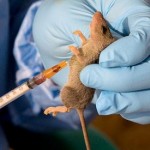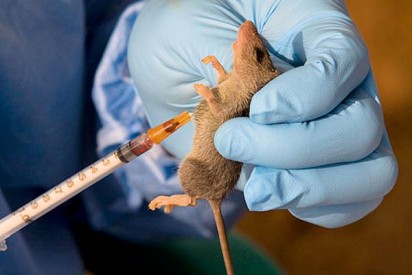By Asma’u Ahmad
The Nigeria Centre for Disease Control (NCDC) said Nigeria has recorded the largest outbreaks of Lassa fever between 2015 and 2016, with 273 reported cases resulting to 149 deaths.
Chief Executive Officer of NCDC, Dr. Chikwe Ihekweazu, who stated this in a statement in Lagos, said the cases were reported from 23 states.
He said following this the Minister of Health inaugurated a Lassa Fever Eradication Committee, under the leadership of Prof. Oyewale Tomori.
It said that the committee was to look into the situation and proffer solutions to the NCDC towards preventing future outbreaks and reducing the deaths from the disease.
According to the NCDC CEO, the committee came up with an approach that focused on strengthening the capacities and capabilities of states to prevent, detect and respond to Lassa while the NCDC coordinates the
efforts.

”The prepositioning of commodities has now ensured that all 36 states and the Federal Capital Territory in Nigeria have a full complement of emergency materials.
“The materials comprising Personal Protection Equipment, Ribavirin, Disinfection sprayers, hand sanitizers, hypochlorite (bleach), case definition posters, hard copies of IDSR technical guidelines and safety boxes.”
The statement said that NCDC had dispatched a team of epidemiologists to support Ogun State to respond to the recent outbreak where a case of Lassa fever was confirmed in a healthcare worker, who died later at the Federal Medical Centre, Abeokuta.
”Emergency Operations Centre has been setup and is now monitoring all contacts of the case, disinfecting contaminated areas and coordinating all response activities. This case highlights the risk Lassa fever still poses to the lives of Nigerians, particularly at this time of the year,” the statement said.
The statement said that a nationwide risk communications plan had also been developed.
He said the communication targeted all key stakeholders, from presidency to households, and would emphasise on the ways to prevent Lassa fever infection.
He urged healthcare workers to always apply standard infection prevention and control precautions when caring for patients, regardless of their presumed diagnosis as the healthcare setting could be particularly risky.




